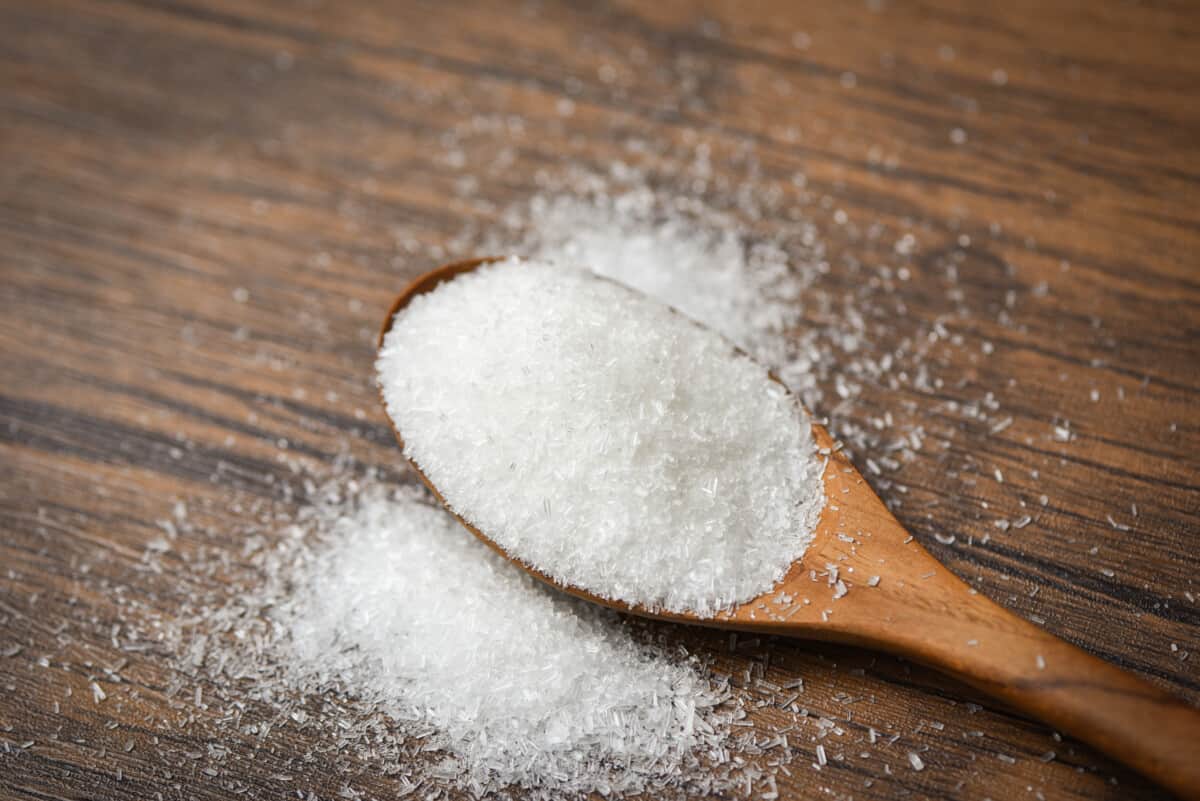MSG is a common food additive that has been used for centuries in Asia. It is used to enhance the taste of food. The FDA has classified MSG as "generally recognized as safe," but it remains controversial.

What is MSG?
MSG(味精) stands for monosodium glutamate, it is a common ingredient in Chinese takeout. MSG is a salt of the amino acid glutamic acid. It occurs naturally in some foods, but it can also be made in a laboratory.
MSG can be added to foods without increasing the calorie count, making them seem more appealing than they would be. This explains why you might see so much of this chemical while eating at your favorite fast-food restaurant!
MSG has been described as a meaty flavor that refers to the presence of proteins in food.
Where does it come from?
Monosodium glutamate was first isolated from seaweed extract by Japanese scientist Kikunae Ikeda in 1908. He named it umami (after an ancient word for "tasty" or "delicious"), because of its unique taste profile. It includes a combination of harmony between sweet, sour, and bitter flavors known as savory or umami (also known as "fifth taste").
MSG became popular in the United State in the 1960s when it was introduced into Chinese restaurants.
Is MSG really bad for you?
MSG is a flavor enhancer usually added to Chinese food, canned vegetables, soups, and handled meats.MSG is found in many foods, including meat and fish, it can be also found in a variety of foods, including Chinese takeout, salad dressing, frozen meals, Doritos, and even some types of baby formula.
However, some people react badly to the added flavor enhancer when consumed in large quantities or on an empty stomach. There has been much conversation about whether MSG causes headaches and other symptoms.
Still, studies have shown that people who believe they are sensitive to this additive tend to feel better once they stop consuming it altogether.
MSG has been used as an additive substance. It is a common ingredient added to many packaged foods that require long shelf lives or preservative compounds. For example, hot dogs are often sold with "No Added MSG" labels because they don't contain other types of additives like nitrates or nitrites (which give them their red color). However, this doesn't mean hot dogs don't have glutamate.
What is substitute?
MSG substitute has a unique flavor and can add an exceptional taste to your food, but it is not the same as MSG.
Some people are sensitive to different things in food, so try other things out and see what works best for you.
- Cheese is one of the best-known substitutes for MSG, and it's also what makes mac & cheese so delicious. Add some cheddar or mozzarella to your dish for an extra kick of savory goodness.
- Oil: Oil has been used as a substitute for MSG, and salt over time because it enhances the flavors of foods without adding any sodium or other unnecessary ingredients. You can even use olive oil instead of butter in many recipes—be sure it's light enough, so it doesn't overpower whatever else you're cooking.
- Chinese dried Mushrooms: Dried mushrooms have been used as a flavor enhancer since ancient times. They have a stronger flavor and fragrance than you’d find with a fresh mushroom, and this is what gives dishes a meaty flavor. Give them a try.
So, if you're looking to limit your consumption of MSG:
- Soy sauce. Most soy sauces contain only a tiny amount of free glutamate and also offer a low-sodium version. If you're considering using it as a substitute for chicken stock in a recipe or marinating meat before cooking, remember that most soy sauces have wheat added to them, so check first if gluten is an issue.
- Beef stock/broth. This ingredient has excellent flavor and is low in sodium. Stocks from the supermarket—be sure that the one you choose doesn't have any hidden MSG.
Conclusion
MSG has become a controversial topic in recent years, with some people claiming that it causes headaches and other health problems. However, there is no scientific evidence to support these claims.
MSG is generally considered safe to consume in moderate amounts, but some people believe that it can cause certain side effects, such as headaches, dizziness, asthma, obesity, and nausea. These side effects are sometimes called “Chinese restaurant syndrome”. However, there is no scientific evidence to support these claims.
Most of my recipes at SassyChopsticks don't use MSG since there are many other ways to add flavor to food. It is totally a personal choice.
If you are concerned about MSG, you can ask your server if a dish contains MSG or look for monosodium glutamate-free options when ordering take-out. You can also look for MSG on food labels. MSG is required to be listed on labels in the United States.
I am happy to hear what you think about this topic, leave your comment below. 😊

Leave a Reply